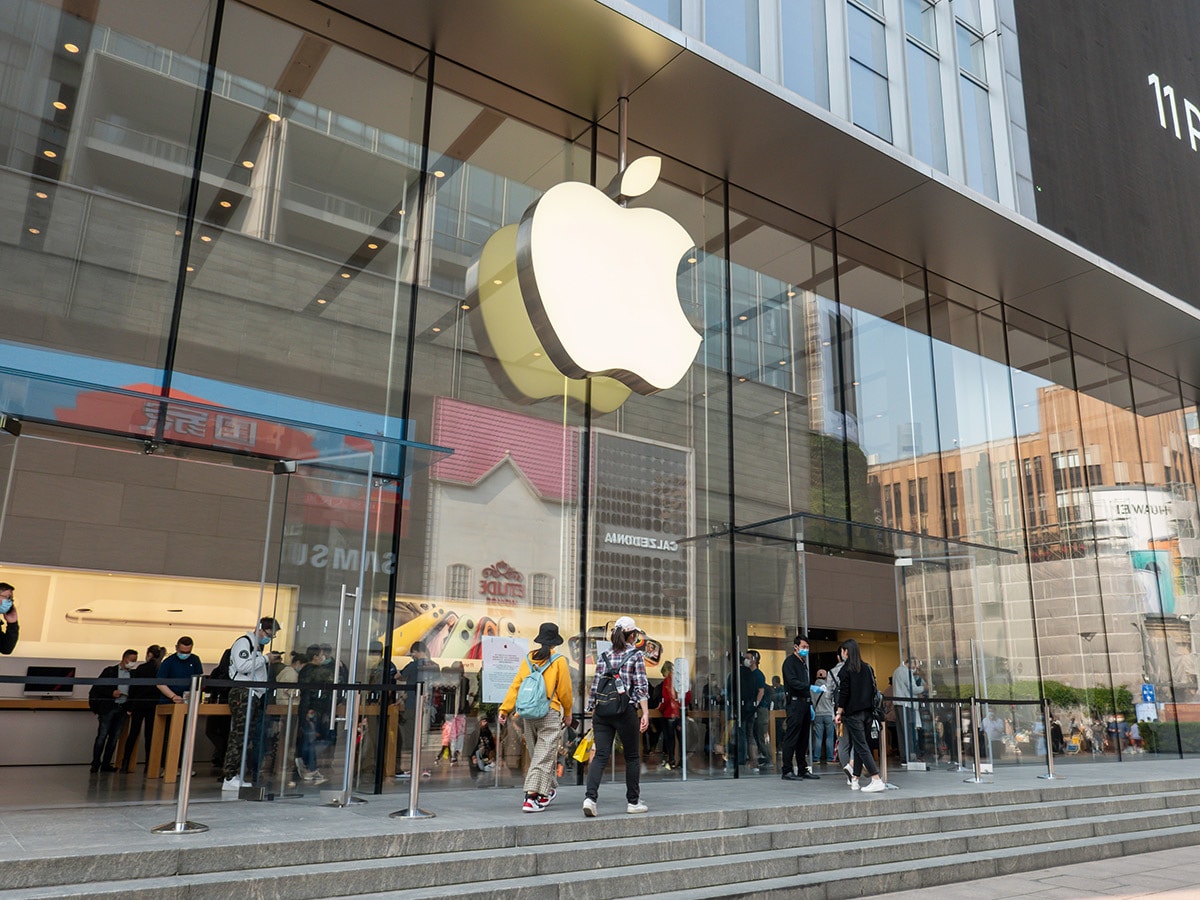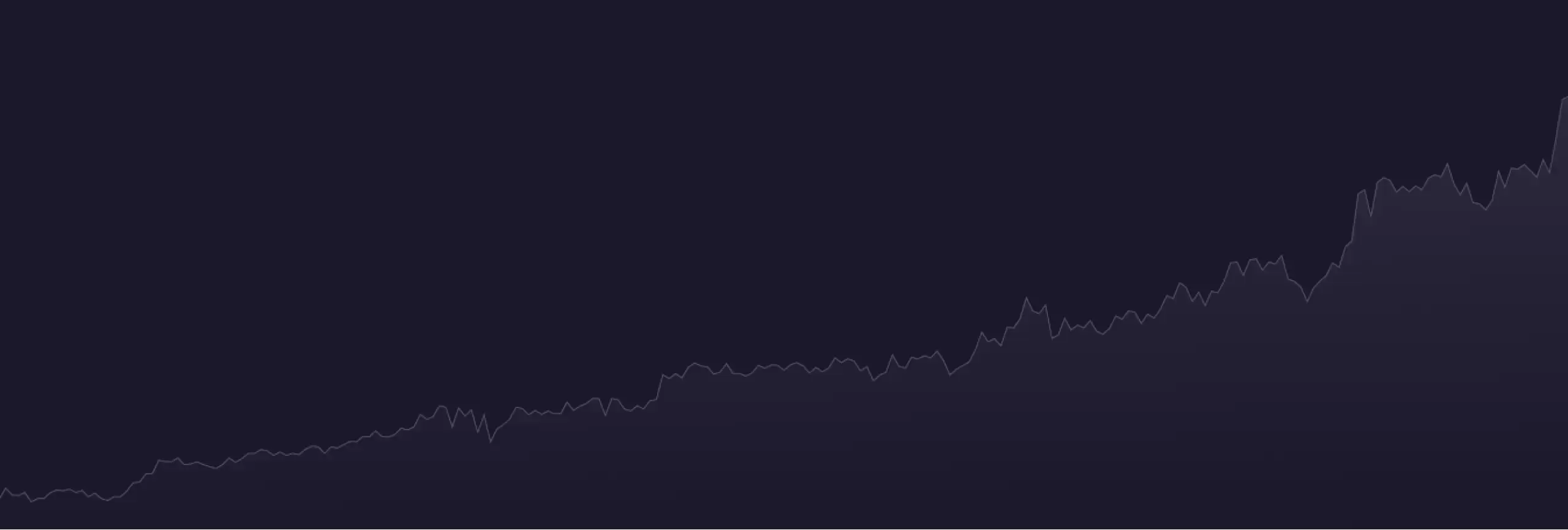
Amid supply chain delays and production challenges, Apple [AAPL] sold more than 40 million units of its iPhone 13 model over the festive period. But will this be enough to help the company report a first-quarter 2022 earnings beat?
Apple had a disappointing end to the fiscal year 2021. Even though Q4 2021 revenue was up 29% year-on-year to $83.3bn, with annual growth across all its product segments, sales missed Wall Street estimates. The sales miss sent the Apple share price down 1.8% on 29 October – the day after the results were released. While iPhone sales were up 47% at $38.8bn, compared with the $41.5bn expected by analysts, Mac revenue only grew by 1.6% to $9.18bn, versus an estimate of $9.23bn.
Speaking to CNBC following the Q4 2021 earnings release, Apple CEO Tim Cook said: “We had a very strong performance despite larger than expected supply constraints, which we estimate to be around $6bn. The supply constraints were driven by the industry-wide chip shortages that have been talked about a lot, and Covid-related manufacturing disruptions in Southeast Asia.”
Supply issues impact production and the Apple share price
Fulfilling demand for orders is continuing to be a problem for Apple. Back in October, it had to cut its iPhone 13 production target for 2021 from around 90 million units to 80 million due to prolonged chip shortages. Despite shifting north of 40 million iPhone 13 units over the festive period, sales of the new model are reportedly slowing down.
According to Wedbush analyst Dan Ives, demand still outstripped supply by roughly 12 million units during the three months to the end of December. In a note to clients seen by MacRumors, Ives wrote that this “will add to the tailwinds for Cupertino in the March and June quarters as the supply chain issues ease in H1 22”.
Despite the supply chain issues, the Apple share price gained 34.6% in 2021. However, the stock has fallen 8.9% since the start of 2022 alongside a broad market correction – the Apple share price closed at $161.62 on 24 January.
Apple expects strong revenue growth in Q1 2022
Apple hasn’t provided any guidance for the quarter ending in December. Cook told CNBC last year that the company is expecting “solid year-on-year revenue growth”, but sales will take a bigger hit than the $6m in Q4 2021. Quarterly sales are set to be the best on record.
According to Zacks Equity Research data, analysts are forecasting Q1 2022 revenue to come in at $118.13bn, up 6% from the record-breaking $111.44bn reported in Q1 2021. Earnings per share are expected to be $1.98, up from $1.68.
Investors are also likely to keep an eye on the company’s growth in its services segment when it reports. In Q4 2021, revenue was up 25.6% at $18.3bn, surpassing Wall Street estimates of $17.64bn.
Cook told CNBC that Apple had 745 million subscribers at the end of December across services like Apple Music and subscriptions taken out through the App Store. “That’s up 160 million year-on-year, which is up five times in five years. So, it’s been quite the growth cycle,” Cook said.
Supply chain issues should ease
Even though new models of iPads, Apple Watches and Macs have been shipping since late November and early December, robust performance in the services segment could help to soften the impact of any supply chain weakness.
“We believe the investment case for Apple has more to do with the company’s monetisation of the installed base through an expanded portfolio of products and services,” Wells Fargo analyst Aaron Rakers wrote in a note to clients seen by Barron’s.
Rakers sees supply chain delays easing in the first half of calendar 2022. However, “constraints likely limited upside to December quarter iPad sales, as Apple prioritised iPhone units,” he said.
Rakers raised his target for the Apple share price from $165 to $205 ahead of the Q1 2022 earnings report. This implies a 26.8% upside from the 24 January closing price of $161.62.
Disclaimer: CMC Markets is an execution-only service provider. The material (whether or not it states any opinions) is for general information purposes only, and does not take into account your personal circumstances or objectives. Nothing in this material is (or should be considered to be) financial, investment or other advice on which reliance should be placed. No opinion given in the material constitutes a recommendation by CMC Markets or the author that any particular investment, security, transaction or investment strategy is suitable for any specific person. The material has not been prepared in accordance with legal requirements designed to promote the independence of investment research. Although we are not specifically prevented from dealing before providing this material, we do not seek to take advantage of the material prior to its dissemination.



















